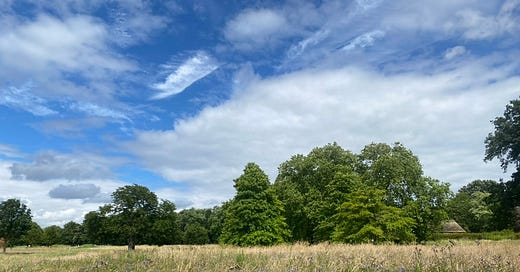What occupational health brings to the table
Yesterday I was a panel member at an RCGP webinar on work-related stress. The event was curated by Dr Itunu Johnson-Sogbetun and chaired by Dr Aaliya Goyal. Dr Asma Khan gave a great key note speech covering the pathophysiology of work related stress, practical coping strategies and everything in between. This was the third event in a really brilliant series!
One thing that resonated with me was what Dr Khan said about what makes occupational health so valuable to individuals, organisations and beyond. And these points are particularly important to highlight in the context of a new government putting together a policy agenda.
Here are four takeaways on what occupational health brings to the table
1) Time
Time is an essential when trying to get to the bottom of issues on work and health. Data gathering must span medical history, psychosocial factors and workplace context to be effective in informing next steps. Often with workplace stressors, time is key in unpicking layers and layers of variables from coworker relationship challenges to organisational change. It is difficult to achieve this thoroughly in a 10 minute GP consult.
2) Connection
Workplace context is a really important dimension when it comes to work and health. Hearing from different people in the workplace helps OH clinicians assimilate more of a picture on working conditions at an organisation. This can be critical in identifying systemic issues and working towards resolution. Understanding the parameters of what happens at the workplace, from organisational culture to the day to day reality of different roles also helps interpret and navigate workplace health issues as they arise.
A second aspect of the importance of occupational health’s link with the employer is communication. Reports are written to be shared with the relevant stakeholders at the organisation, with the individual’s consent. This helps close the loop on work and health, which is essential given the relationship between the two.
3) Expertise
Medical expertise offers a huge amount to a work and health conversation. This relates to risk management. The Johari window is a useful concept when considering non clinically trained professionals leading work and health pathways. Unknown unknowns can be particularly dangerous in the workplace where assessing and managing clinical risk may have impact beyond the individual presenting with a health issue.
4) Middleground
Ultimately, a GP or specialist consultant is in a treating clinician position. The crux of their role is around duty of care to the person in front of them, with no real connection or duty to the organisation that individual works for. A clinician removed from the treating position with some connection to the workplace can accomplish more from a middleground, by the very nature of being the touchpoint between employee and employer, with professional responsibilities to both.
Lara’s take
The new government must not lose sight of the work and health agenda. Clinically qualified professionals in a middleground position between stakeholders are the foundation of effective occupational health practice. Success in occupational health translates to recruitment and retention of diverse talent, organisational and societal productivity and ultimately economic growth…which the new government has set out as their priority.



